Click the photo here to access the podcast.
Category: Uncategorized (Page 1 of 5)
Congratulations to AmSARC researcher, Sarah Schrader, on her recent grant from the Dutch Research Council to support the investigation of inequality and health in ancient Kush! This project will include continued excavations with co-director and AmSARC researcher, Stuart Tyson Smith, at the site of Abu Fatima at the Third Cataract.
تهانينا للباحثة سارة شريدر بالمركز الامريكي السوداني لابحاث الاثار AmSARC لحصولها مؤخراً علي منحة من مجلس الأبحاث الهولندي لدعم دراستها عن التمييز و الصحة في دولة كوش القديمة! سيشمل هذا المشروع أعمال التنقيب المستمرة مع المدير المشارك والباحث بمركز الابحاث ستيوارت تايسون سميث في موقع أبو فاطمة بمنطقة الشلال الثالث.
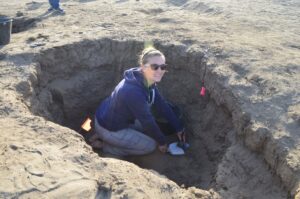
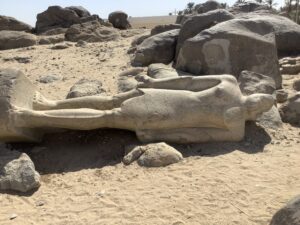
Congratulations to AmSARC researchers on being awarded a Wenner-Gren Engaged Research Grant! Jenail Marshall (PI), Michele Buzon, Mohamed Faroug Ali, and Remah Abdelrahim Kabashi Ahmed will investigate how those conducting research affect interpretations of the past and how archaeological outputs can be explored with the local people in significant ways that are empowering and relevant. The project will ask how the people of Tombos use and reinterpret the landscape and how memory functions as an act and tool of community building. This project will form the basis of Jenail Marshall’s PhD research at Purdue University.
تهانينا للباحثين جانيل مارشال Jenail Marshall (باحث رئيسي)، ميشيل بوزون Michele Buzon، محمد فاروق Mohamed Faroug و رماح عبدالرحيم كباشي Remah Abdelrahim Kabashi Ahmed بالمركز الامريكي السوداني لابحاث الاثار علي تلقيهم جائزة منحة الابحاث التشاركية Wenner-Gren Engaged Research Grant لدراسة كيف يؤثر هولاء الذين يقومون بالبحوث علي تحليلهم للماضي و كيف يمكن لمخرجات الاثار ان تفسر جنباً الي جنب مع الاهالي المحليين بطرق مهمة، مشجعة و ذات صلة. يتعلق السؤال البحثي بكيف يستخدم اهالي تمبس و يحللون المناظر الطبيعية و كيف تعمل الذاكرة كفعل و اداة لبناء المجتمع. و سوف يشكل هذا المشروع اساساً لبحث جانيل مارشال لنيل درجة الدكتوراة بجامعة بوردو.
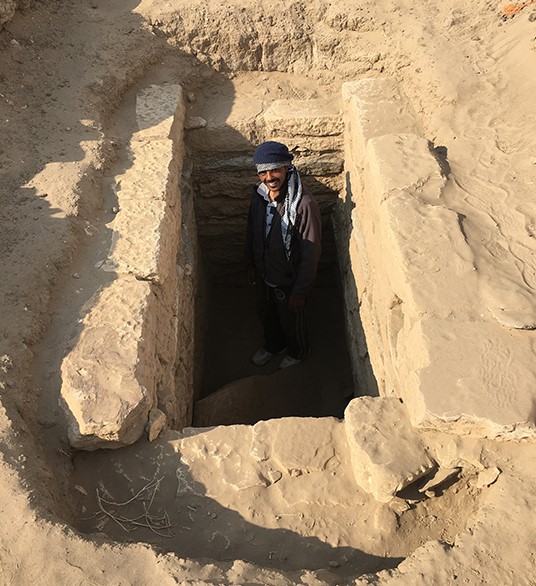
The Tombos Archaeological Site extends sincere congratulations to our team member, Dr. Mohamed Faroug Ali (PhD UCSB 2016), who has just started a position as Assistant Professor in the Department of Archaeology at International University of Africa in Khartoum, Sudan!
يتقدم موقع تمبس الأثري بخالص التهنئة لعضو فريقنا الدكتور محمد فاروق علي (دكتوراه جامعه سانتا باربرا الأمريكية ٢٠١٦) الذي بدأ للتو منصب أستاذ مساعد في قسم الآثار بجامعه افريقيا العالميه في الخرطوم بالسودان.
Stuart Tyson Smith recently provided a great lecture for the Fall 2020 W. E. B. Du Bois Virtual Lecture Series, Hutchins Center for African & African American Research at Harvard University: “Black Pharaohs? Egyptological Bias, Racism, and Egypt and Nubia as African Civilizations.” Click below to view the recording of the lecture.
A test trench based on geophysical data revealed the full dimensions of the trench fortification of the Tombos town (ancient Taroy). The fortifications enclosed a very large area, over 238 meters east-west to the river and 246 meters going north-south. A similar feature at Sesebi was only about 80 meters to a side. The fortifications at Tombos were larger than any other Egyptian colony. Only the later enclosure at Sesebi was nearly as big; most of the other colonies in Sudanese and Egyptian Nubia were much smaller.
This fortification began to fill with trash at the end of the 18th Dynasty, around 1300 BCE, but parts were reused and/or continued to fill with trash during the Ramesside and even Napatan periods.
اعتمد اختبار مخطط الحفريه علي المعلومات الجيوفيزيائية التي أظهرت كل ابعاد الخندق في مدينه تمبس القديمه .
يحيط الحصن منطقه كبيره علي امتداد ٢٣٨متر شرق- غرب إلي النهر، و٢٤٦متر علي امتداد شمال-جنوب. تتماثل هذه الظاهرة مع التي عثر عليها في موقع سيسبي إلا أن الحصن كان فقط حوالي ٨٠ متر للموقع. كانت الحصون كبيره في تمبس مقارنه بالمستعمرات المصرية الأخري. لاحقا كان الحصن في سيسبي تقريباً اكبر من معظم المستعمرات الأخري في النوبه السودانية والمصرية.
بدأ يملأ هذا الحصن بالنفايات في نهايه عهد الاسره ١٨ حوالي ١٣٠٠ ق.م، ولكن تم إعادة استخدام الأجزاء خلال فترة رمسييد وحتي الفترة النبتيه
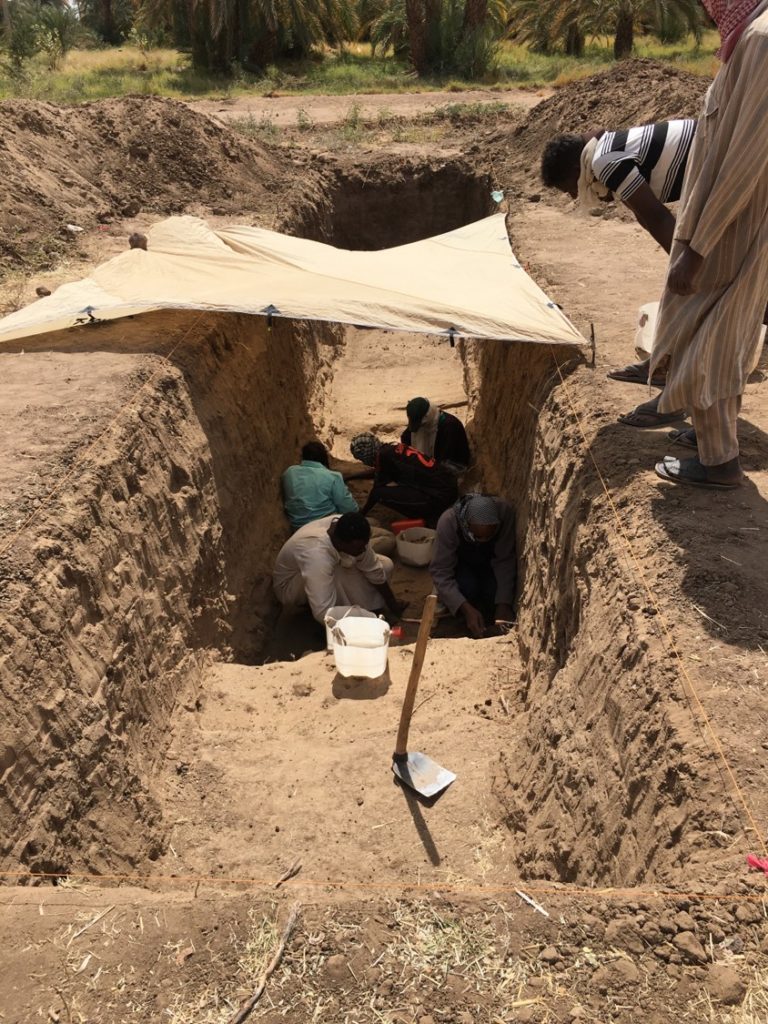
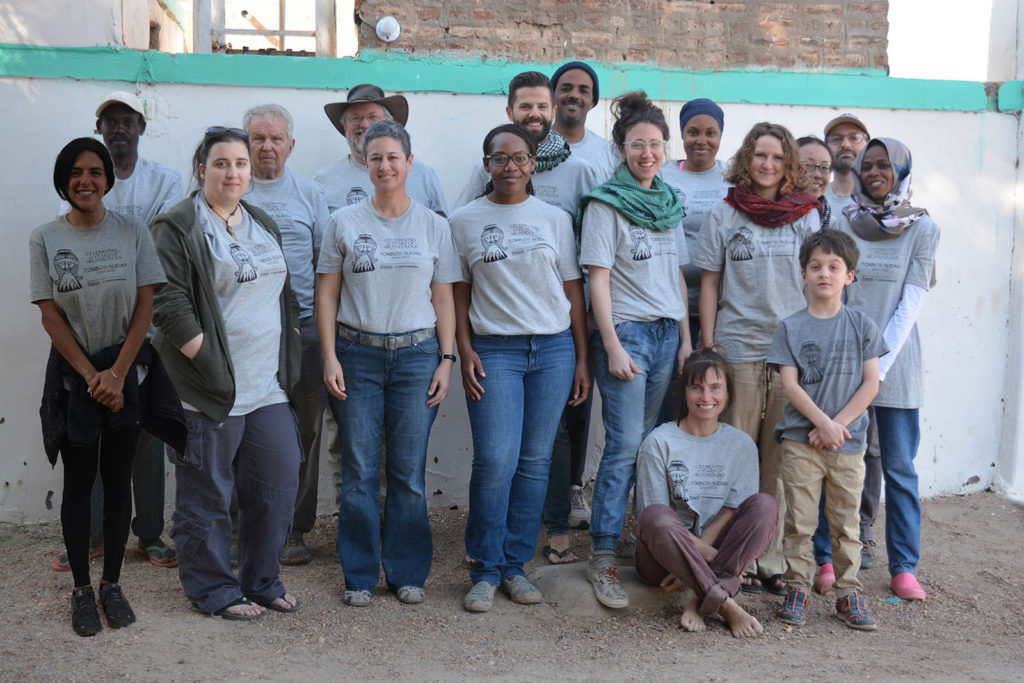
Big thanks to our great team this year, including several first timers. We had a lot of fun and laughs along with a productive season.
شكراً جزيلا لفريقنا العظيم لهذا العام وايضا من انضموا للفريق لهذا العام لقد استمتعنا كثيرا بالضحك وكان موسم مثمر.
Excavations in the tumulus cemetery this season have continued to provide evidence for entangled practices using elements of Nubian and Egyptian traditions. All tumuli excavated this season show signs of looting and disturbance but we were able to observe mortuary customs. We have found bed trenches in the bottom of the tomb and the decayed remains of beds. Pieces of decayed wooden coffins and coffin outlines indicating a mummiform shape were also visible along with evidence for wrapping of the body. Sometimes these practices are found in the same tomb with the original burial on a bed and a second placement of an individual in a coffin on top. All individuals were found in a supine position. Pottery also reflects both Nubian and Egyptian traditions and indicates a Third Intermediate/Napatan Period date for the graves excavated this season.
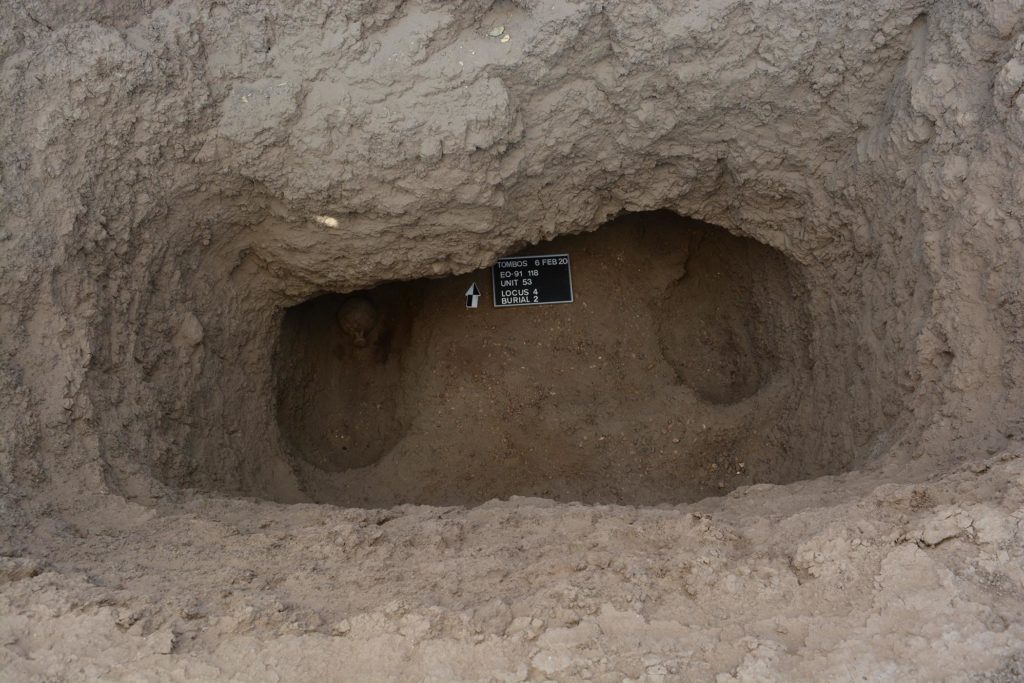
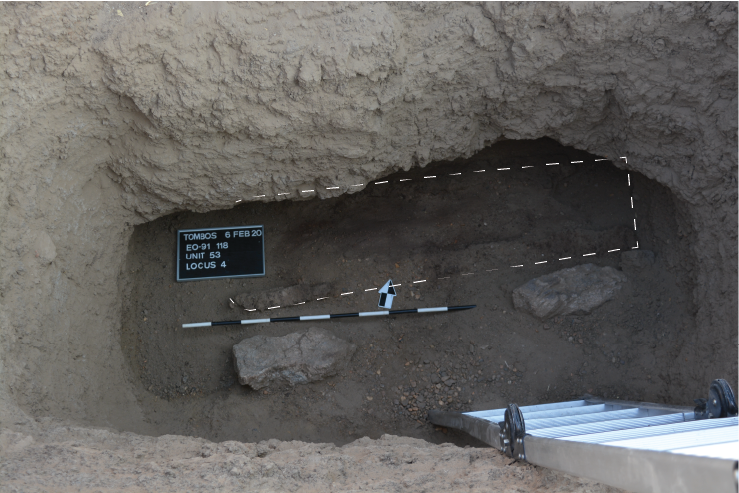
We found this section of the trough of a ceramic coffin at the bottom of Siamun’s tomb shaft during a previous season. Although it was once elaborately decorated with spells and figures of protective deities, the inscriptions had been badly damaged by the damp conditions in the deeper parts of the tomb and are barely legible.
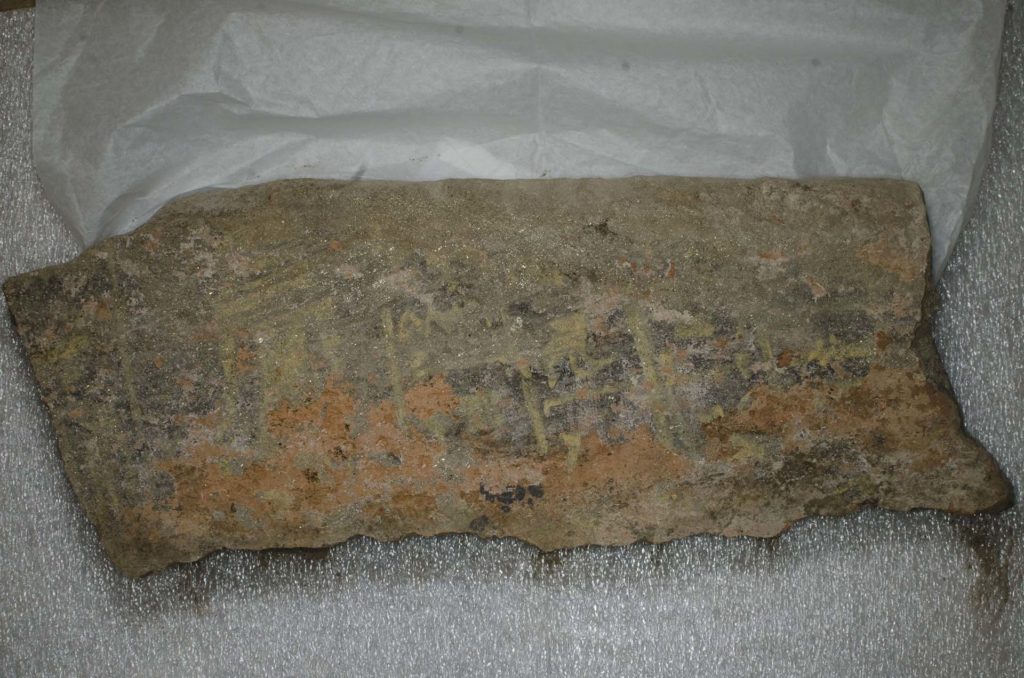
Team member Nick Brown of UCLA used the D-Stretch program to intensify the contrast between the yellow inscriptions and black background of the coffin. A partial hieroglyphic inscription can be seen to the right of the deity, beginning with “A speech by Anubis…”. To the left of the figure, the name of the tomb owner appears. This is rendered by a glyph showing an ibis on a stand, a logogram for the god Thoth, and below it a glyph with three lines crossed at the top, a phonogram for ms, spelling “Thutmose,” (literally, “Thoth is Born”), a popular New Kingdom name and the personal name of four 18th Dynasty Pharaohs.
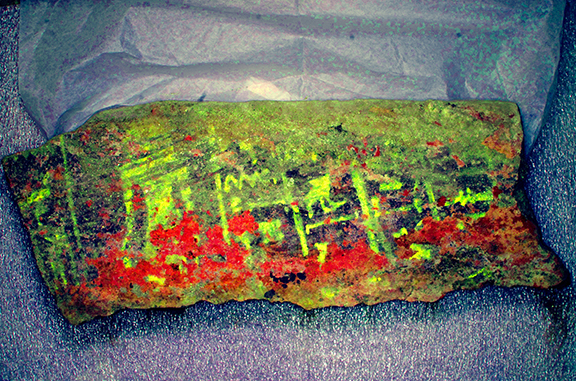

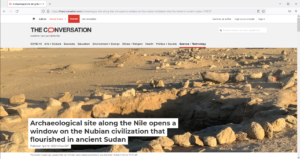

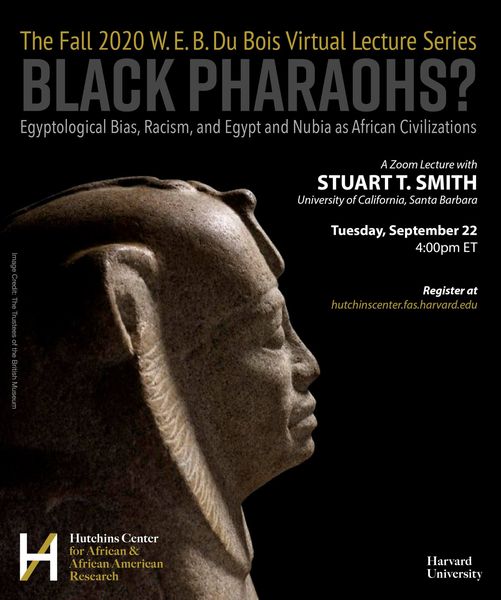
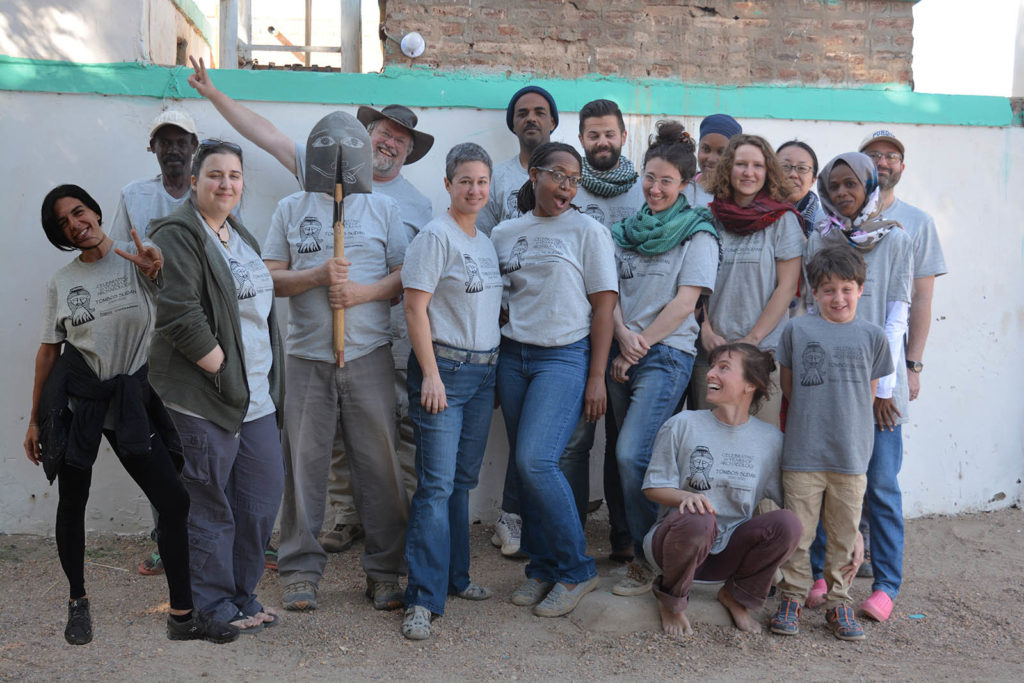
Recent Comments